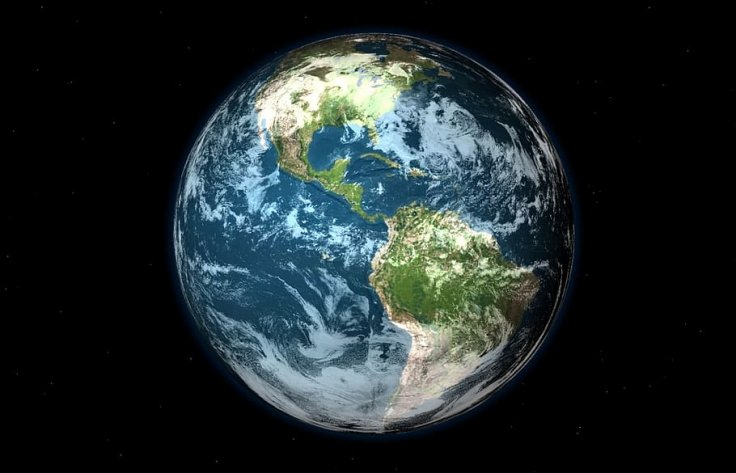At approximately 220 km/s, Earth's speed of orbiting around the center of the Milky Way galaxy is staggering. However, according to a new map of the galaxy, the Earth is 7km/ s faster, and around 2,000 light-years nearer to a supermassive black hole (SMBH) that is at the center of it.
The new map is a result of improved modeling of the Milky Way that is based on the latest observation data gathered by VERA (VLBI Exploration of Radio Astrometry), Japan's radio telescope project. The data also contains a catalog of objects detected during the course of over 15 years by the telescope.
Utilizing An Extensive Network of Telescopes

VERA, which was started in 2000, is operated by the National Astronomical Observatory of Japan. The 'VLBI' in the name of the program stands for Very Long Baseline Interferometry. The objective of the project was to map spatial structures and three-dimensional velocity in the Milky Way. Using a method known as interferometry, VERA blends data from radio telescopes that are situated across the expanse of Japan.
This technique enables the network of telescopes to acquire a resolution that is similar to a telescope with a diameter of 2,300 km. Therefore, the measurement accuracy of 10 micro-arcseconds is attained with such advanced resolution. This sharpness, in theory, would be sufficient to resolve a US penny on the surface of the moon.
Latest Data to Re-draw Old Pictures
Earth's location deep inside the Milky Way makes it particularly difficult to acquire an idea of what the galaxy would look like from the outside. This where astrometry—the precise measurement of the motions and positions of cosmic objects -- serves as a crucial tool in understanding the overall design of the galaxy, and most importantly, Earth's place in it.

Earlier this year the First VERA Astrometry Catalog consisting of data of 99 objects was published. Relying on the data provided by the VERA Astrometry Catalog and the latest observations made by other observatories and groups, astronomers built a velocity and position map. Using this map, they calculated the center of the galaxy—the point around which everything else revolves.
Faster and Closer
The newly constructed map suggested that the center of the Galaxy, and also the SMBH that is situated there, are located around 25800 light-years from Earth. Therefore, according to the new map, this distance is significantly lesser than 27,700 light-years, the official value accepted in 1985 by the International Astronomical Union.
According to the new map, Earth is zooming through space at speeds faster than previously believed. The map's velocity component suggests that as the Earth orbited around the galactic center, it was traveling at a speed of 227 km/s—7 Km/s second faster than the officially accepted value. With the hope of observing newer objects, especially those closer to the central supermassive black hole, VERA will collaborate with EAVN (East Asian VLBI Network) that consists of radio telescopes located in Japan, South Korea, and China.









